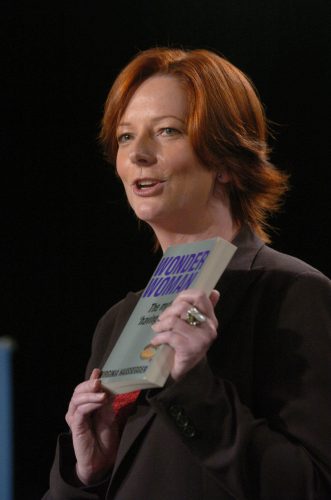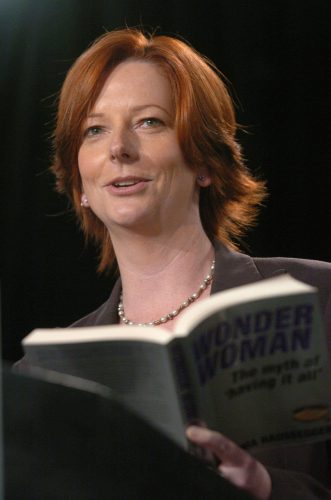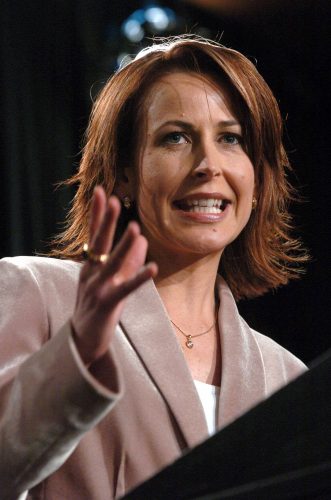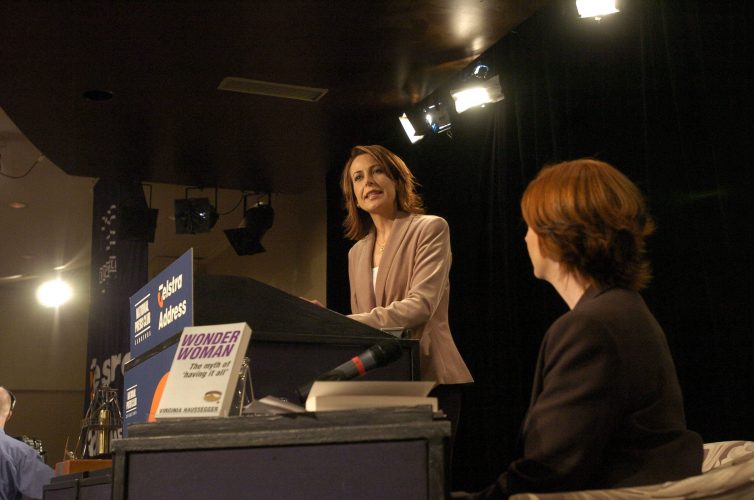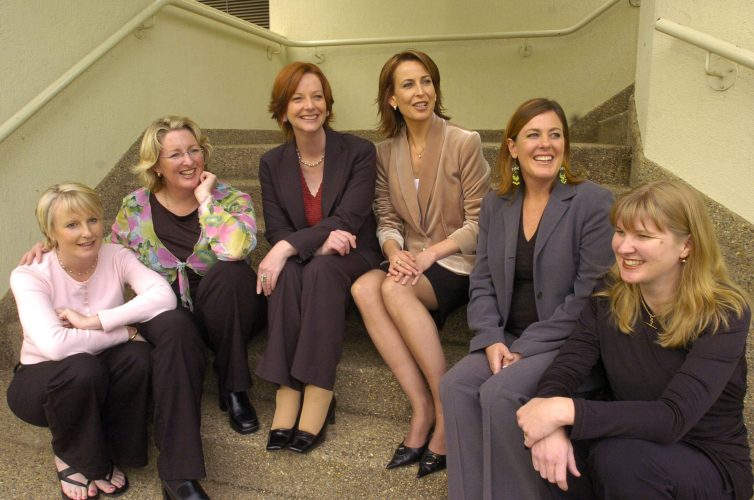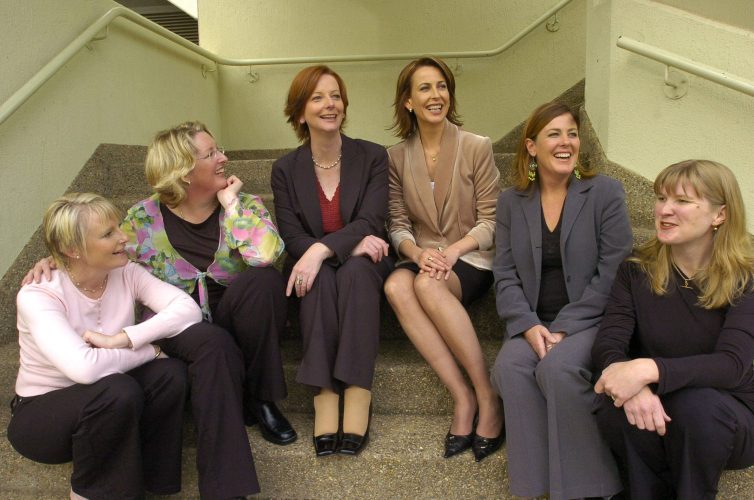Since when did 10-year-old girls become worried about a VPL? I was about 20 before I’d even heard of such a thing and probably 30 before I cared.
But, according to American clothing company Abercrombie for Kids, girls as young as 10 are ”style conscious and want underwear that does not produce a Visible Panty Line”. Which is why the company produced a line in G-string knickers for girls as young as seven.
Can’t you just see it? A pre- pubescent 10-year-old phoning her favourite fashion label and urging them to help save her from the VPL protruding from her netball skirt. And while she was at it, she must have put her five-year-old sister on the phone to complain about the limited choice in bras for little tots her age. Now you can get the ”bralette” with adjustable straps. And for the more mature eight-year- old, there’s the padded bra.
With an insidious ability to sniff out a marketing opportunity and a demographic ripe for exploitation, it’s perhaps not surprising that the fashion industry is preying on ”tweens”.
Having exploited every vulnerability known to womankind to create adult fashion slaves, and then saturating the teenage market with ”absolute must-haves”, fashion marketeers have now got their paws all over the tweens. Aged seven to 13, tweens are no longer children and not yet teenagers – they’re in between. But they’ve got buying power. The tween retail market is said to be worth $10billion in Australia, and up to $1billion of that is spent on clothes.
The problem is not what’s being marketed to the tweens as much as how it’s been marketed.
Little girls wanting to buy bras, G-strings and women’s paraphernalia is perhaps not much of a leap from playing with make-up, handbags and high heels. But are they being encouraged to ”play adults” or ”be adults”?
Are advertisements showing images of beautiful young girls with plenty of bare skin, flawless complexions, a flower in their hair and a vacant stare, all about celebrating innocence – or eroticising it?
On that question, it seems adults are just as confused as the tweens.
This week’s publishing of the Australia Institute report Corporate Paedophilia: Sexualisation of children in Australia has predictably polarised comment. The report’s lead author, Dr Emma Rush, has named and shamed various advertisers for ”dressing, posing and making up child models in the same ways that sexy adults would be presented”.
But Rush’s real sting is in her insistence that by sexualising young children as they do, advertisers are feeding paedophilic appetites. She says some ads implicitly suggest ”to adults that children are interested in and ready for sex”.
Unsurprisingly, the big brand names have responded with furious denial.
One department store says it takes ”great offence” and is considering legal action.
While it’s sickening to contemplate would-be-paedophiles adding fashion catalogues to their archive of offensive junk, that is, however, of less immediate concern than the very real problem of what messages kids are taking from such ads.
Rush’s report includes a number of advertisements that feature pre- pubescent girls in adult and celebrity-type poses. There’s the back turned to camera pose, with cute turn of head, raised bare shoulder and coy little come-hither smile. There’s the curled up on the couch pose, clutching my new handbag; the sun-drenched, blond beach-babe pose, with singlet strap slipping off shoulder, and defiant stare at the camera; and the I’m a Britney Spears slut pose, with my hip thrust this way, my shoulder dipped that way, and my peek-a-boo grin. The most disconcerting aspect of some of these images is how perfectly the junior models manage to imitate the kind of ”mature detachment” that’s become so pervasive in adult advertising.
Ads that use a plump-lipped model with a vacuous and arresting stare might throb with an erotic sexiness in women’s magazines, but in tween mags, or department store catalogues, such images are unnerving, if not a little creepy.
But at what point did it become OK, indeed common place, to present young children as sexualised beings? Somehow it has slipped in under the radar, unnoticed even by parents. One of the fashion photographers whose work is highlighted in the Rush report told the ABC’s 7.30 Report on Wednesday that the criticism made her ”feel like a pornographic photographer”. After all, she used her own tween daughter as the model. ”We weren’t looking at the girls as sexual,” she pleaded.
Clearly she wasn’t.
No doubt many will argue that despite perceived overtones, the kids who model for such ads have no understanding of the power or force of their sexuality. And they are probably right. Similarly, the children for whom these ads are aimed at are no doubt equally unaware of such tensions. However, it’s impossible and indeed irresponsible to ignore the unspoken message to children: a message about how adults place a high value on girls being pert, pretty and provocative. Even if it is just a pose
